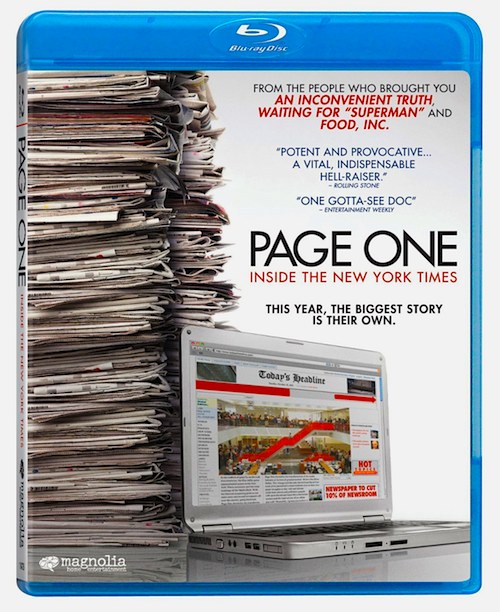By David Ross. “These fragments I have shored against my ruins,” writes T.S. Eliot in the waning lines of “The Waste Land.” Just so, Push the Movement, a strictly visual but particularly thoughtful Tumblr blog, shores its own fragments against the ruin of the postmodern twilight. Its endless stream of vintage and contemporary photos constructs an elusive, melancholy narrative that is somehow far more than the sum of its obsessions: Natalie Portman, handguns, jungle cats, neo-classical statues, nuclear explosions, plummeting people (9/11 trauma?), urban sprawl, subversive graffiti, street battles, women in the tub, crashes (trains, planes, whatever), rockets, Bob Dylan (ca. 1966), baroque architectural detail, fires and smoke plumes, Kate Moss, girls in underwear standing at windows (an Alexandrian archive of this oddly moving tableau!), tornadoes, floods, ironic signage and logos, Muhammad Ali .
 I realize that there are many likeminded Tumblr blogs, but Push the Movement strikes me as subtler, better eyed, more cliché averse, more clued into a kind of sadness that one finds in the work of postmodern humanists like Don DeLillo and David Foster Wallace: a sense that reality has become an increasingly attenuated and remote spectacle, a ghostly tabloidism. As DeLillo famously says of the supermarket’s myriad coded surfaces, “This is the language of waves and radiation, or how the dead speak to the living.” Push the Movement endlessly parades its miraculous visions yet it seems to know – its own minor key suggests – that this endless stream is an act of desperation, an addict’s exercise in ersatz experience and diminishing return. This is how Wim Wenders’ weary angels see the world in Wings of Desire: as a distant miracle in which they can no longer participate. This is the cinema of the end of the world.
I realize that there are many likeminded Tumblr blogs, but Push the Movement strikes me as subtler, better eyed, more cliché averse, more clued into a kind of sadness that one finds in the work of postmodern humanists like Don DeLillo and David Foster Wallace: a sense that reality has become an increasingly attenuated and remote spectacle, a ghostly tabloidism. As DeLillo famously says of the supermarket’s myriad coded surfaces, “This is the language of waves and radiation, or how the dead speak to the living.” Push the Movement endlessly parades its miraculous visions yet it seems to know – its own minor key suggests – that this endless stream is an act of desperation, an addict’s exercise in ersatz experience and diminishing return. This is how Wim Wenders’ weary angels see the world in Wings of Desire: as a distant miracle in which they can no longer participate. This is the cinema of the end of the world.
The politics of Push the Movement is a cool and ironic anti-establishmentarianism, but the site seems to understand that there are no real politics amid the new reality of the data ether, and the site’s irony seems to some extent turned on itself. What ‘movement,’ after all, can be ‘pushed’ by endless quotation-marked juxtapositions of other people’s experience? The 1% needn’t fear.
Note that none of the photographs have captions, commentary, or identifying information of any sort. They belong to a disembodied circulatory system in which proprietary considerations, the very notions of origin and authorship, are unsustainable. I find this anti-apparatus of anonymity one of the creepiest and most telling aspects of the site. I once sent Push the Movement an e-mail inquiring about the source of a picture I wanted to show in class (with nobody to contradict me, I call the photo “Postmodern Man on the Shores of Time, with History Weeping on his Behalf”; see below). I should have predicted as much: no response.
I became addicted to Push the Movement earlier in the year. The fineness of its visual eye attracted me initially, but the mystery of its tristesse is the real fascination. I recently reviewed the entire archive for 2011 – thousands of pictures – with my CPU wheezing and finally collapsing under the weight of what amounted to a single vast download. Context matters, but here, out of context, are a few pictures that gave me particular pause and ambivalent pleasure.



 Jansch’s influence on Jimmy Page’s acoustic style is unquestionable. Page’s “Black Mountain Side” from Led Zeppelin I is a note-for-note nicking of Jansch’s “Blackwaterside” (
Jansch’s influence on Jimmy Page’s acoustic style is unquestionable. Page’s “Black Mountain Side” from Led Zeppelin I is a note-for-note nicking of Jansch’s “Blackwaterside” (